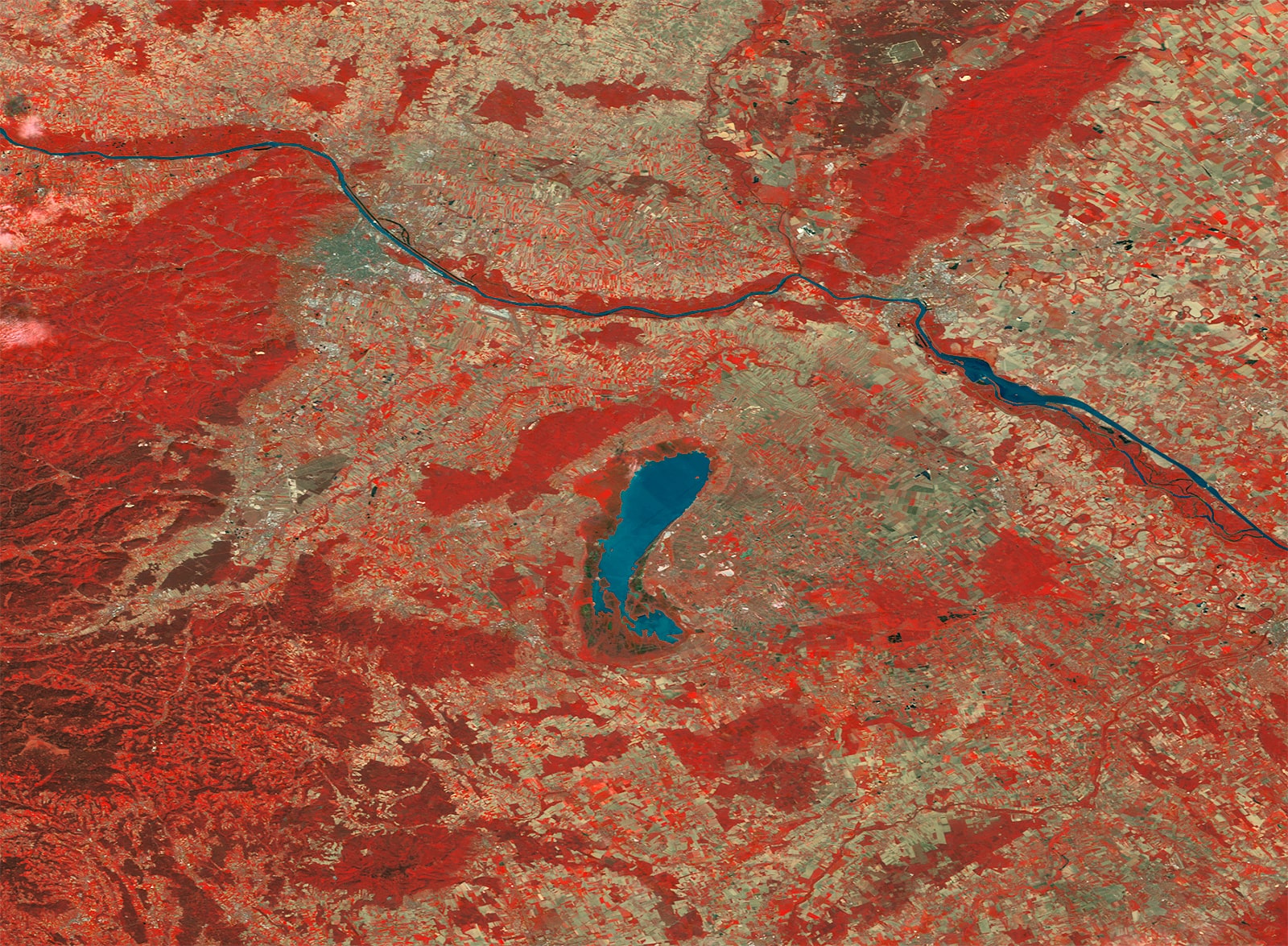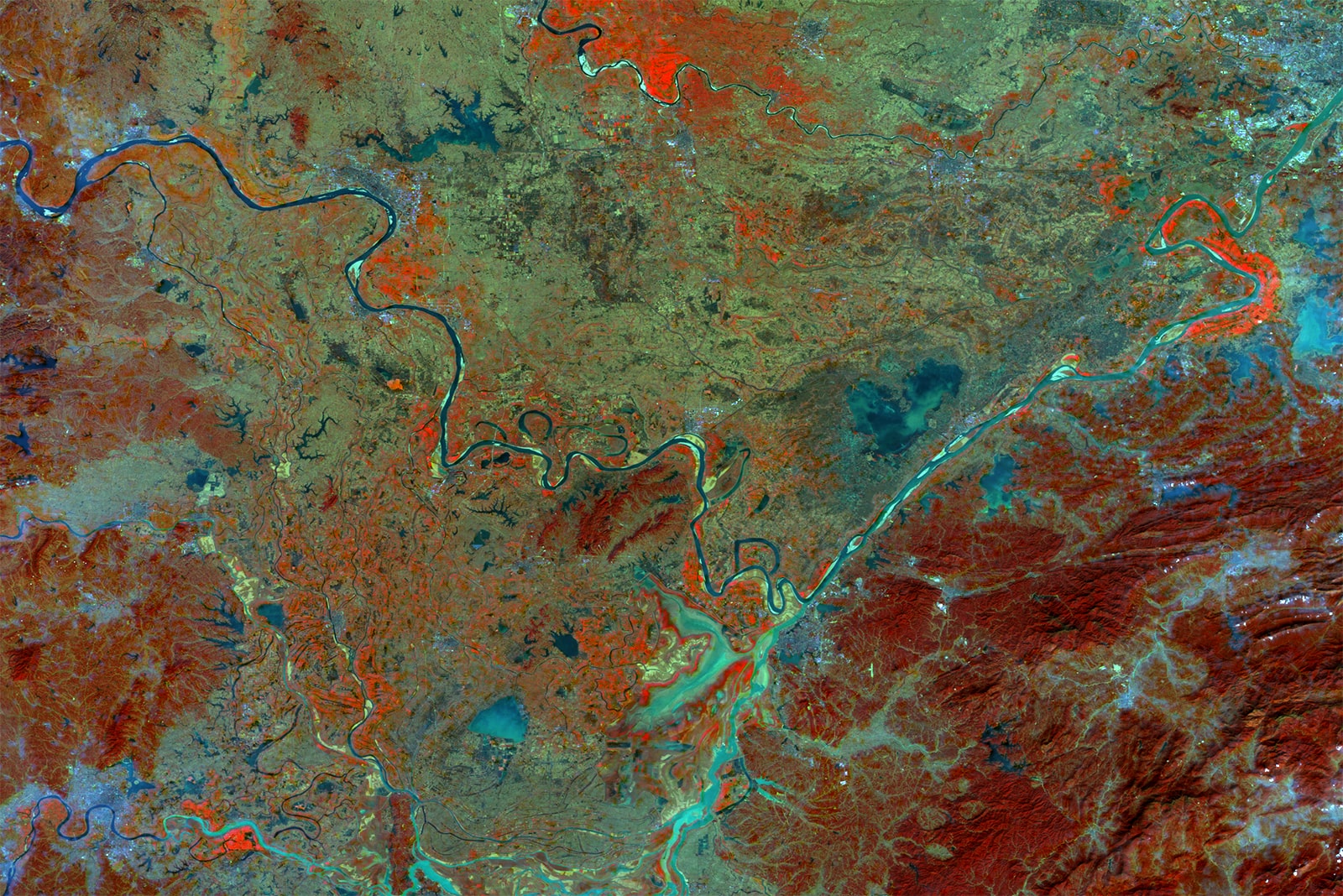“Success all along the line! This is the phrase that immediately comes to my mind. The operation of PROBA-V has followed a similar path demonstrated by Proba-1 and Proba-2 and was based on an integrated development approach. The heart of the control centre is used since the early testing phases of the project in the clean room even before the control centre is deployed at our offices in Redu before PROBA-V’s launch. This approach eliminates the need to convert databases and operation procedures and caters for initial training of operators hereby allowing us to confidently run unattended night passes as early as the day of the launch in fully automated mode!
Thanks to the autonomy of the platform and in particular its embarked flight dynamics capability the on-board cameras were able to only record land surfaces. The platform has proven its robustness, stability, flexibility and agility and together with the Vegetation instrument the mission has by far exceeded the expected performances.
The “unexpected” events – we operators refer to them as anomalies - have been very limited both in number and led to negligible mission impact. I (and most probably others as well) do remember one specific Saturday when, just after a close approach with an in-orbit debris, no signal was received at the following X-band ground station contacts. I recall here that PROBA-V does not feature the capability to perform debris avoidance orbit manoeuvres. The reason for the loss of contact observed with the X-band ground station turned out to have been an on-board safe mode that was recovered automatically at the regular Redu evening pass. One of the effects of this event was in fact the autonomous interruption of any X-band data dump. In this case it also caused also some memorable worry.”



